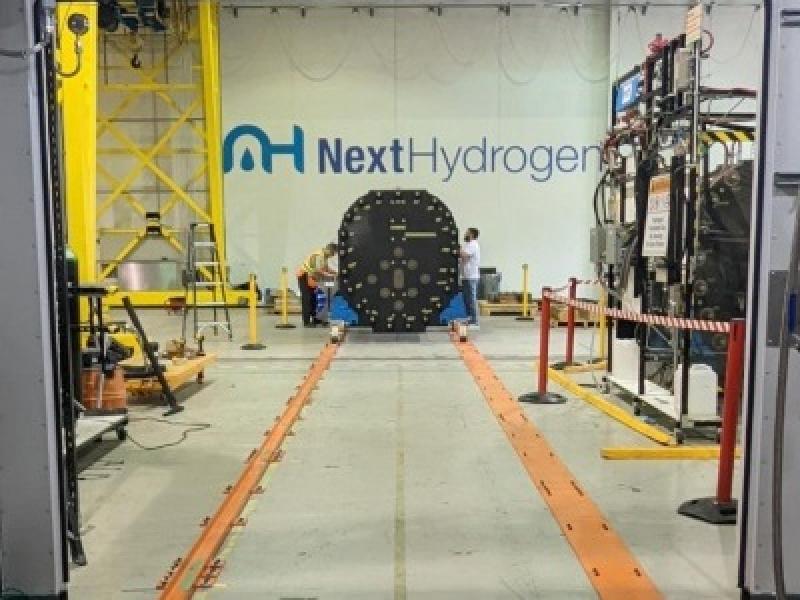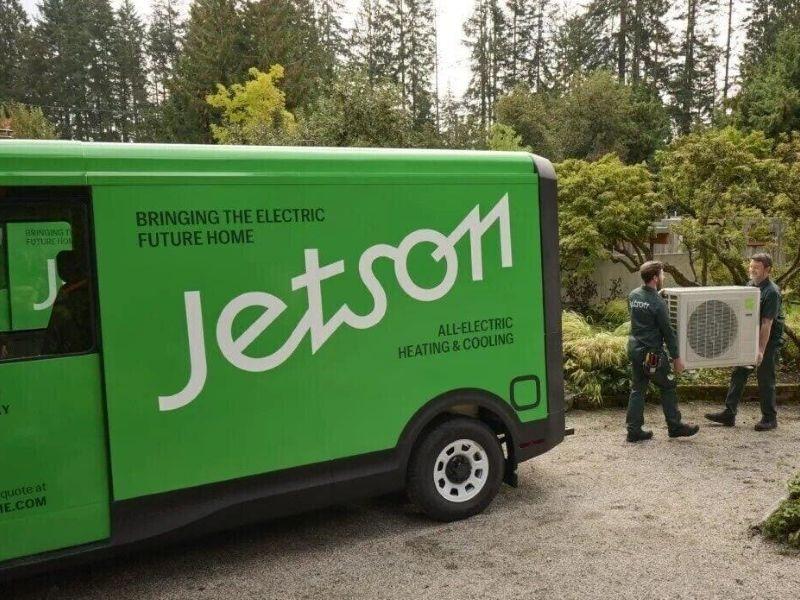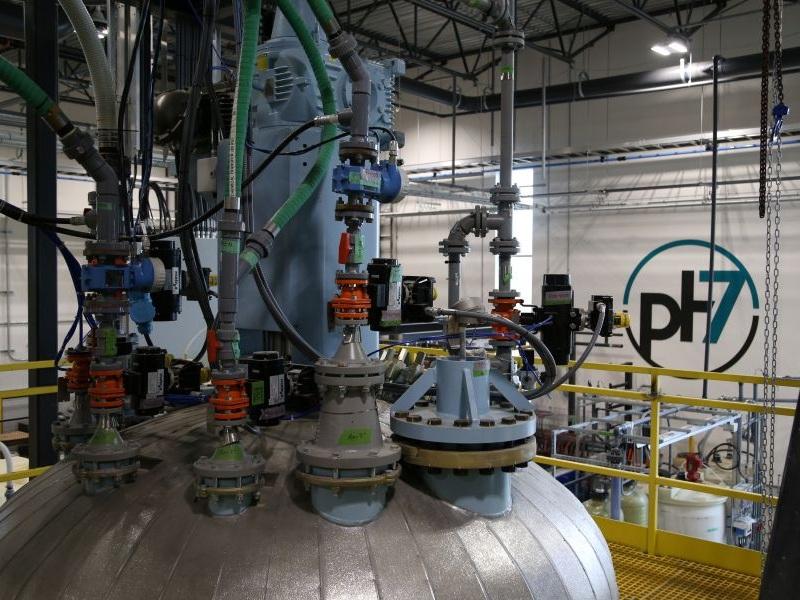
Kanin Energy, a Calgary- and Houston-based firm, sees a great opportunity to access cheap, stable and clean electricity from heavy industry facilities by tapping into the waste heat from manufacturing and refining.
Founded in 2020, the company develops waste-heat-to-power projects which generate electricity to be sold to the customer, or to the grid. Kanin’s technology means energy emanating from industrial activity can provide baseload electricity from facility operations, a carbon-free source that helps cut expenses and lowers carbon emissions.
CEO and co-founder Janice Tran, who previously worked as a director for San Francisco-based sustainable infrastructure investor Generate Capital, said she is “creating the company I always wanted to invest in,” with Kanin.
Currently developing a project that will use the heat from a natural gas compressor to help decarbonize the University of Dayton’s campus in Ohio, Kanin announced it entered into a credit facility with Toronto-based PaceZero Capital Partners to support projects across North America.
“The PaceZero credit facility is a big milestone for us. That’s going to help us unlock more opportunities to grow,” Tran said.
Clean ‘no-fuel electricity’
When a heavy industry facility is at work — producing cement, metals or fertilizers; refining oil or gas, for example — the inevitable byproduct is heat. In most cases, the thermal energy is vented into the atmosphere, squandering a source of, effectively, free power.
Kanin’s solution is to build an exhaust stack with embedded heat exchangers at industrial sites. The heat is captured and used to raise the temperature of thermal oil, which expands and condenses to drive a turbine that generates electricity.
“It’s essentially a form of no-fuel electricity that has no emissions. And it’s also baseload in nature as well,” Tran said about Kanin’s waste-heat-to-power technology. “So it’s operating 24-7. It helps the grid and its resiliency, and it helps out industrial facilities.”
Once the electricity is generated, Kanin sells it to the grid or directly to the client. As the project developer, Kanin can fund the projects itself and sell the electricity to the industrial facility’s owner at discount, or hand over a royalty based on the revenue.
A major project in development is taking place in Ohio. Kanin is integrating its system at a natural gas compressor owned by Tallgrass Energy, which will produce 9.2 megawatts of electricity.
The power will be sold to a local utility on behalf of the University of Dayton to energize and decarbonize its campus. The partnership is expected to reduce the university’s carbon emissions by 71 per cent; the system is expected to operate in early 2026.
Kanin has other projects in late-stage development in Canada and the U.S., Tran said.
The PaceZero credit facility
To develop more projects across North America, Kanin secured the credit facility from PaceZero, a Canadian private credit firm. PaceZero supports enterprises focused on sustainability and social responsibility, including Toronto-based electric vehicle charging infrastructure company SWTCH.
Kanin will draw from the credit facility to get early-stage projects off the ground, Tran explained. Such capital is often the most difficult to access because of the high risk, she added.
Tran declined to disclose the size of the credit facility, nor the projects it will support, citing a non-disclosure agreement. She did say, however, they will be similar to the Dayton project.
The company has also raised funds from Wollemi Capital, Earthshot Ventures and Bandera Capital. Tran did not disclose Kanin's total funding committed to date.
Carbon capture as Kanin’s Phase 2
While waste-heat-to-energy is Kanin’s priority today, it is also developing a carbon capture offering that would integrate into the system and lead to lower greenhouse gas emissions.
Such technology from another provider — Canadian or international — could be installed on the back of its waste-heat-to-energy systems, Tran said. It would be a complementary climate solution as the carbon capture equipment would be partially powered by the generated clean electricity.
The commercialization of carbon capture represents Phase 2 of Kanin, Tran said, as waste heat recovery is currently the most economical business line for the company.
“We envision a day when the markets are more robust and the technology is more mature,” Tran said, which would enable Kanin to explore carbon capture at scale on its sites.
While the U.S. cleantech sector has hit a road bump because of the hostile policies of President Donald Trump, Tran said she is optimistic in Kanin’s U.S. growth potential because of the abundance of untapped waste heat. The company remains focused mainly on the U.S. for its future growth.
Tran is also upbeat about the Canadian market, though she hopes the Canadian government will add waste heat recovery to its list of clean technologies eligible for investment tax credits.










